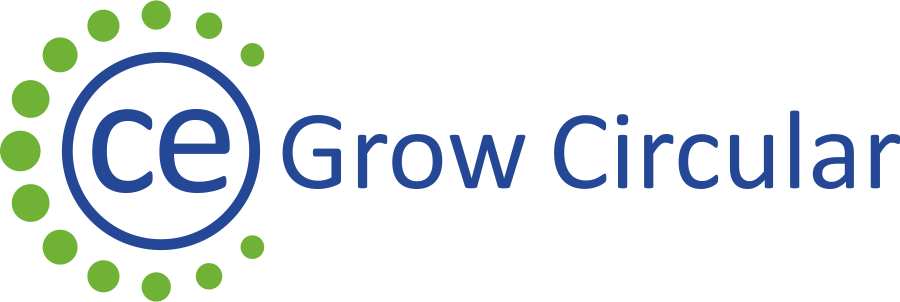ChristyD
Tue, 08/07/2025 – 12:21
The bioeconomy is a hot topic these days, right up at the top of policy agendas. It involves using renewable natural resources as a raw material. The circular bioeconomy introduces circularity into this concept: using what would otherwise be thrown away, using spent biological resources to regenerate ecosystems and minimising waste.
The ECESP website has a good selection of circular bioeconomy-themed content. This series will shine a spotlight on it.
Circular bioeconomy concept: coffee grounds as a secondary raw material
Coffee!UP: cascade recycling of spent coffee grounds and coffee capsules
The NAFIGATE Corporation has developed a cascade recycling system for coffee grounds that uses 100% of this abundant bio-waste. Coffee!UP produces secondary products which are used in cosmetic products, masterbatches (concentrated pigments used to dye plastics) and final plastic products.
Coffee!UP has established partnerships with large producers of coffee grounds and coffee waste. It develops product lines in partnership with end manufacturers. Plastic products coloured with coffee grounds have already won three Red Dot Awards.
The second cascade deals with recycling coffee capsules. The packaging is recycled and the spent coffee grounds are used to replace the natural material – wood – in heating briquettes. A Life Cycle Assessment (LCA) has been carried out for the concept, and the final products are certified and are already being sold. The concept is based on circular economy and design for recycling principles.
Results
The primary processing and subsequent industrial processing of coffee produces secondary raw materials. The main one is used coffee grounds. As this raw material contains a large amount of valuable organic substances (the fatty acids which are components of coffee oil, together with various antioxidants, phenolics and brown dyes, lignin, cellulose, hemicelluloses, other polysaccharides, minerals and caffeine), it is a pity to dismiss it as waste.
There are three levels of cascade recycling of spent coffee grounds:
- soap
- coffee oil and cosmetics products which use coffee oil
- masterbatches and final plastic products.
There are also two levels of cascade recycling of coffee capsules:
- recycling of packaging materials
- replacement of virgin wood in briquettes.


